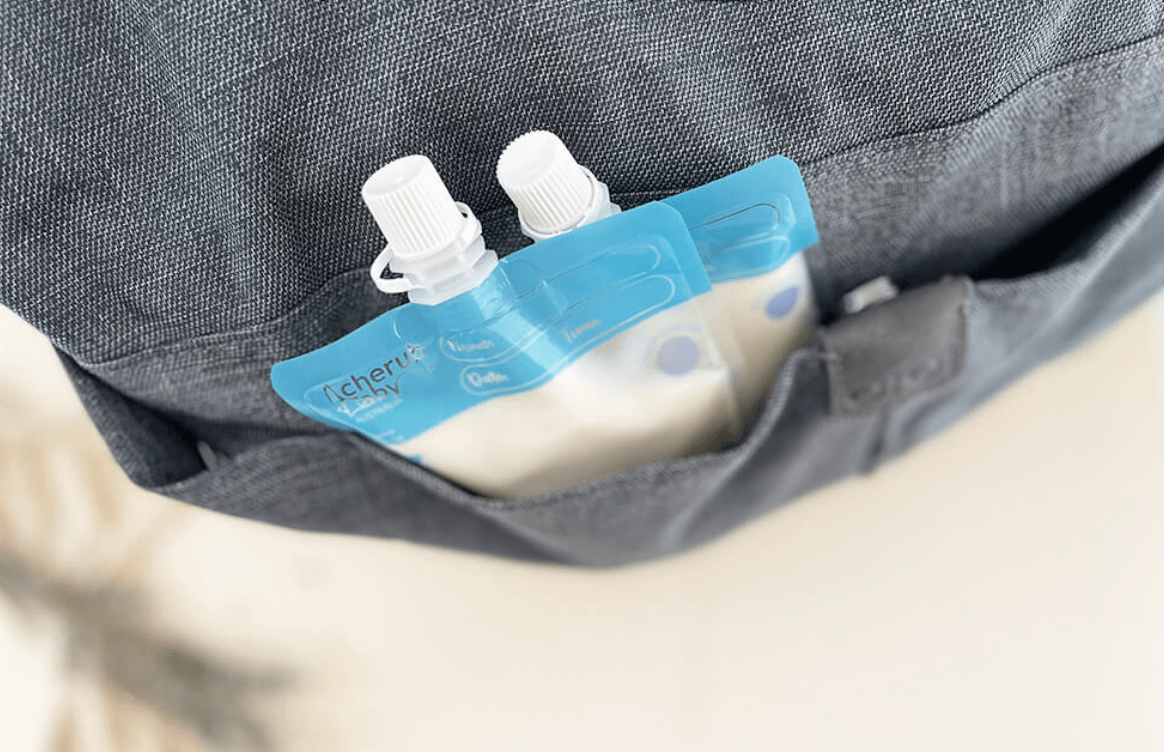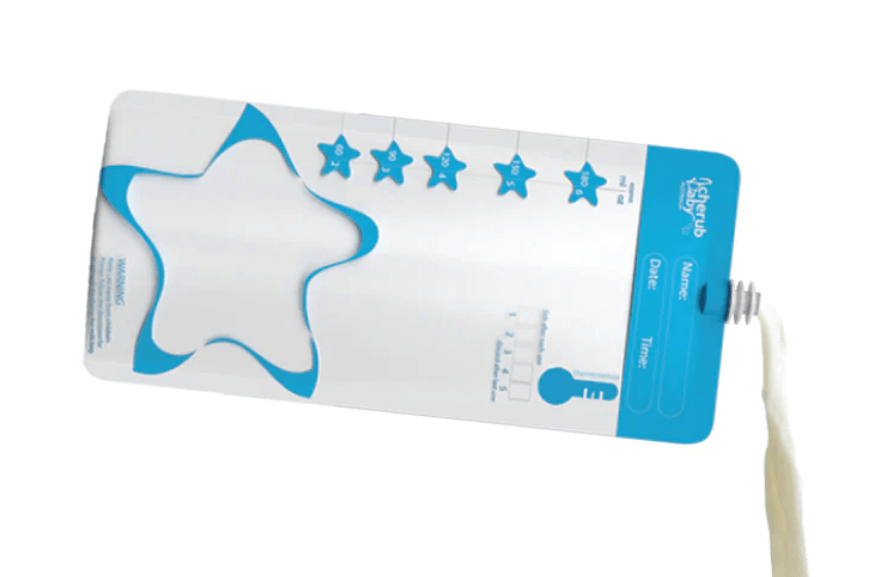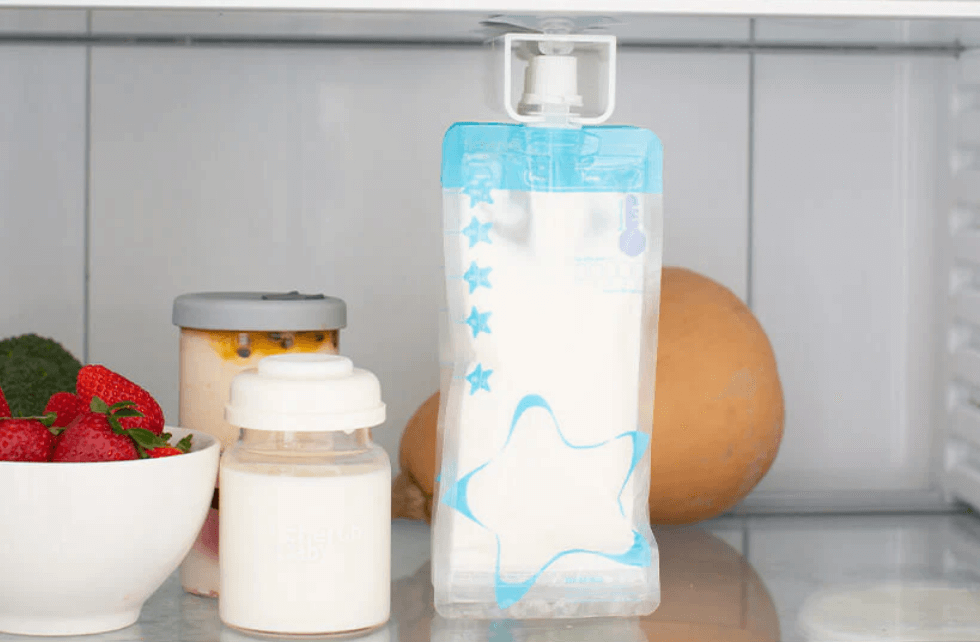Storing Breast Milk Safely: Best Practices for Preserving Your Liquid Gold

Are you navigating the labyrinth of breast milk storage for your little one? Whether you're a first-time parent or a seasoned veteran, the ins and outs of this process can leave you scratching your head. Fear not! We're here to shed light on the why, the how, and everything in between when it comes to storing breast milk.
Why Bother with Pumping and Storing Breast Milk?
As a parent, your primary goal is often to nurture your newborn through exclusive breastfeeding. However, various circumstances may arise where pumping and storing breast milk become necessary. These situations might include:
- A premature baby or one having difficulty with latching.
- Hospital stays for you or your baby, making it impossible to be present for every feed.
- Returning to work while your baby stays in daycare or with a caregiver.
- Dealing with engorgement or needing to express for increased milk production.
- Wanting a break from feeding duties, allowing your partner to take over.
- Simply having a stash for emergencies.
How Long Does Breast Milk Last in the Fridge?
Freshly expressed breast milk can be safely stored at room temperature for about four hours. However, if you won't be using it within this timeframe, refrigerating it promptly after pumping is ideal.
In the fridge, your breast milk remains fresh for up to four days. Ensure your fridge maintains a temperature below 4°C, storing the milk at the back where it's cooler rather than in the door where temperatures fluctuate.
How About Freezing Breast Milk?
The longevity of frozen breast milk depends on your freezer type:
- In the freezer compartment inside your fridge (-15ºC or lower), it's good for about two weeks.
- In a separate-door freezer compartment (-18ºC or lower), it can last up to three months.
- In a deep freeze set at a constant -20ºC, your breast milk stays viable for about 12 months.
Remember, breast milk expands as it freezes, so leave some room in your storage container to prevent spillage.
Choosing the Right Storage Containers
Opt for high-quality food containers or specifically designed breast milk storage bags. Ensure they're clean, sterilized, and leak-proof. Avoid plastic containers marked with a recycle symbol number 7, as they may contain BPA, a chemical that can leach into your milk.
Defrosting and Warming Your Milk
For safe defrosting, place breast milk in the fridge overnight or thaw it in a bowl of warm water. Avoid using a microwave, as it can create uneven heating and hot spots. Opt for bottle warmers for a safer, more even warming process.
Additional Tips for Storage Success
- Label your breast milk with the date of expression.
- Freeze milk in small portions to avoid wastage.
- Leave space in your storage container for expansion during freezing.
- Once defrosted, use breast milk within 24 hours and never refreeze it.
In Conclusion
While the journey of breastfeeding, pumping, and storing breast milk may seem daunting at first, remember that practice makes perfect. We've addressed many common questions about breast milk storage here, but if you have more, don't hesitate to ask!





